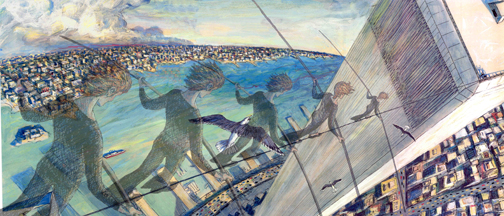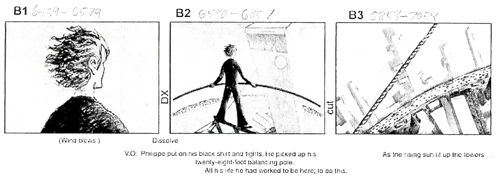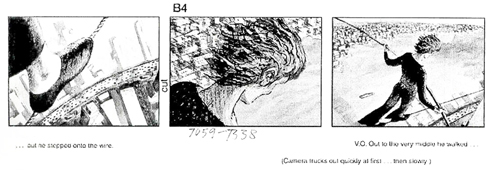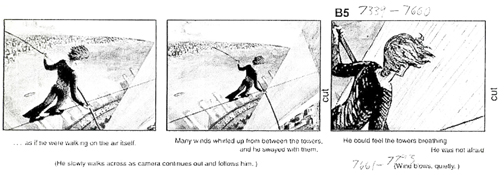Miyazaki 19 Jan 2006 07:31 am
Miyazaki Scheduled
Tonight the the Miyazaki films to be scheduled on the Turner Classic Movies will air. All versions screened are the newly dubbed English language versions. (Though the late night screenings are the subtitled Japanese versions.) These two films are:
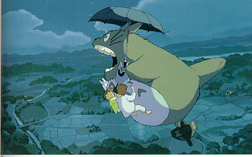
My Neighbor Totoro (1993) (This film is a newer dubbing featuring the Fanning sisters, Dakota and Elle. (It was originally released in a version by Troma Entertainment.)
19 Thursday 8:00 PM & 20 Friday 1:15 AM
Two girls with a sick mother find escape with the spirits of the forest.
Cast: Voices of Dakota & Elle Fanning, Timothy Daly, Lea Salonga and Frank Welker.
C-88 mins, Letterbox Format
Porco Rosso (1992)
19 Thursday 9:30 PM & 20 Friday 2:45 AM
An airplane pilot with a pig’s head devotes his life to rescuing others.
Cast: Voices of Michael Keaton, Cary Elwes, Kimberly Williams
C-102 mins, Letterbox Format
Also tonight is the debut of Whisper of The Heart.
19 Thursday 11:15 PM
The film is scripted by Miyazaki and directed by Yoshifumi Kondo.
Cast: Brittany Snow, David Gallagher, Cary Elwes, Harold Gould, Abigail Mavity.
C-111m. Letterboxed.
Note: Watching these Miyazaki features all in a short period have had me thinking a lot more about the process of storyboards in the development of animated films. John Lasseter‘s comments last week, prior to Laputa: Castle In The Sky, gave us some small insight into Miyazaki’s process, and it’s made me think of the films in a wholly different light. After I see Totoro, I’ll probably express my thoughts in a bit more depth; it’s one of my three favorite films from the brilliant director.
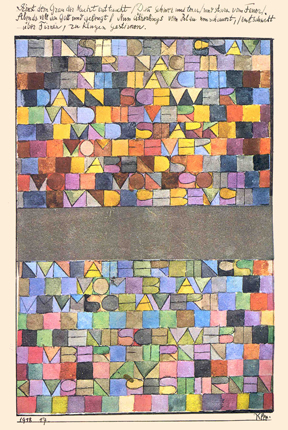 It was a pleasant evening at the ASIFA-East gathering at Gonzalez & Gonzalez. In New York, because everything everywhere is so crowded and so many people are infringing on one’s space, I tend to put up the barricades and lock myself into my world. The people who work with me are those with whom I keep in contact and from whom I get my social news. It’s not a good thing, really, and it’s fortunate when an event like this pulls me out and gives me the chance to say hello to a lot of friends. I suspect this is the same for a lot of others in town.
It was a pleasant evening at the ASIFA-East gathering at Gonzalez & Gonzalez. In New York, because everything everywhere is so crowded and so many people are infringing on one’s space, I tend to put up the barricades and lock myself into my world. The people who work with me are those with whom I keep in contact and from whom I get my social news. It’s not a good thing, really, and it’s fortunate when an event like this pulls me out and gives me the chance to say hello to a lot of friends. I suspect this is the same for a lot of others in town.
 Monday: Yesterday was the birthday anniversary of
Monday: Yesterday was the birthday anniversary of  Just catching up with some NYTimes reading, I found
Just catching up with some NYTimes reading, I found 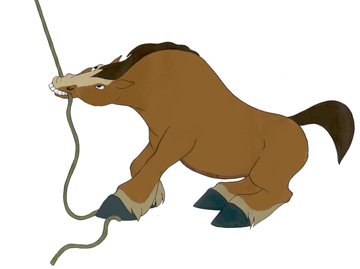
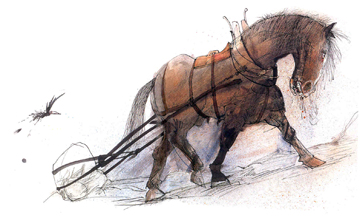 Pretty funny that it was that same year Hubley’s assistant gave me a gift of the Halas book.
Pretty funny that it was that same year Hubley’s assistant gave me a gift of the Halas book.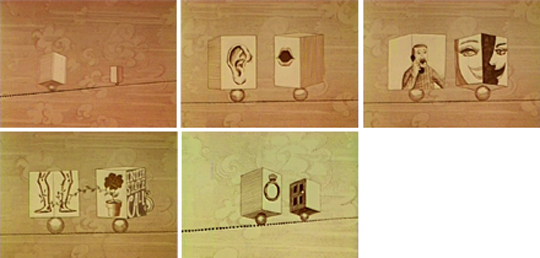
 Friday the 13th. As of today we’re introducing a new page to our website. The POE Page will feature material from the long-in-development feature film that we’ve been preparing. We’ve now accumulated enough artwork and other materials that we feel it deserves its own chronicle to record development. Here you’ll find a journal which we’ll update on a weekly basis, storyboard sections from several of the Poe Tales, story reel from Tissa David’s biographical section, preliminary layouts and clips of animated color tests. All of the artwork is preliminary, nothing completed or finished. None of the film’s voice tracks are final. It’s all rough; a chance to see a film in the making.
Friday the 13th. As of today we’re introducing a new page to our website. The POE Page will feature material from the long-in-development feature film that we’ve been preparing. We’ve now accumulated enough artwork and other materials that we feel it deserves its own chronicle to record development. Here you’ll find a journal which we’ll update on a weekly basis, storyboard sections from several of the Poe Tales, story reel from Tissa David’s biographical section, preliminary layouts and clips of animated color tests. All of the artwork is preliminary, nothing completed or finished. None of the film’s voice tracks are final. It’s all rough; a chance to see a film in the making. 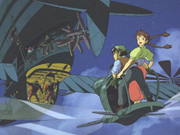 my palate. I watched about an hour of
my palate. I watched about an hour of  Hoodwinked opens in NYC today.
Hoodwinked opens in NYC today.
